Oil & Gas

Offshore lifting is the last step. It is when all your preparation comes together. You have worked hard to procure a new module or upgrade your facilities. Offshore lifting is the conclusion of your project.
The offshore lifting challenges can make or break your complete project. You want to ensure that the operation runs smoothly and do not want to jeopardize the whole project by ineffective or unsafe offshore integration.

Your lifting challenge is our lifting challenge.
Conbit understands your project and the path that leads to the construction phase. We know that your project can be intense and that you want to eliminate any unforeseen situations and challenges when working offshore.
We will guide you to reach your goal. We will let you know if there are any doubts, concerns, or inefficiencies. We at Conbit will be there to improve and complete your project within time and budget.
We share the motivation to work safely.
Conbit uses this philosophy in all our projects, and offshore lifting is only one of our services. We also serve the petrochemical industry, offshore industry, and some of the most advanced high-tech clients.
At Conbit, we complete all our projects with attention to detail and people, paying attention to the world around us.
Watch how we prepare and execute
We're certifitied for the job

EKH
An EKH certificate shows that we inspects, repair and maintain lifting and rigging equipment according to EKH procedures, and guidelines. It is similar to LEEA.

ISO 9001
We are ISO 9001 certified. ISO is a quality standard that shows our commitment to continuously improving our organization.
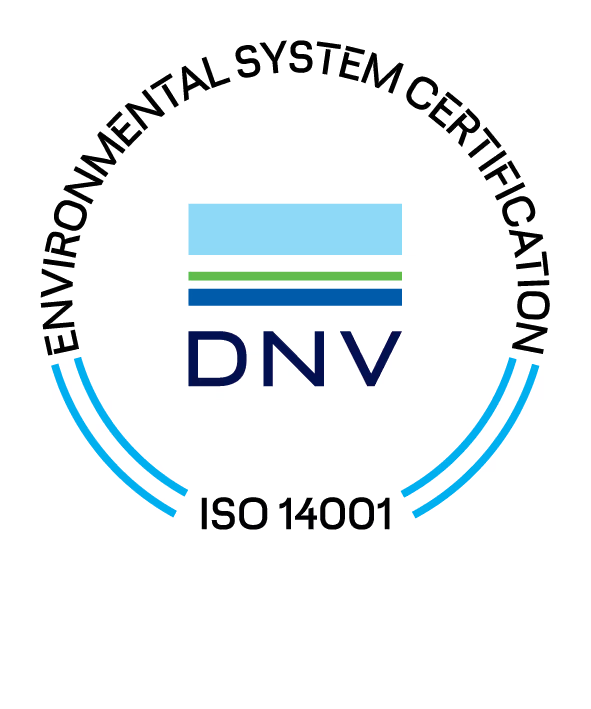
ISO 14001
ISO 14001 shows that we fulfil the requirements for an environmental management system developed by the International Organization for Standardization.
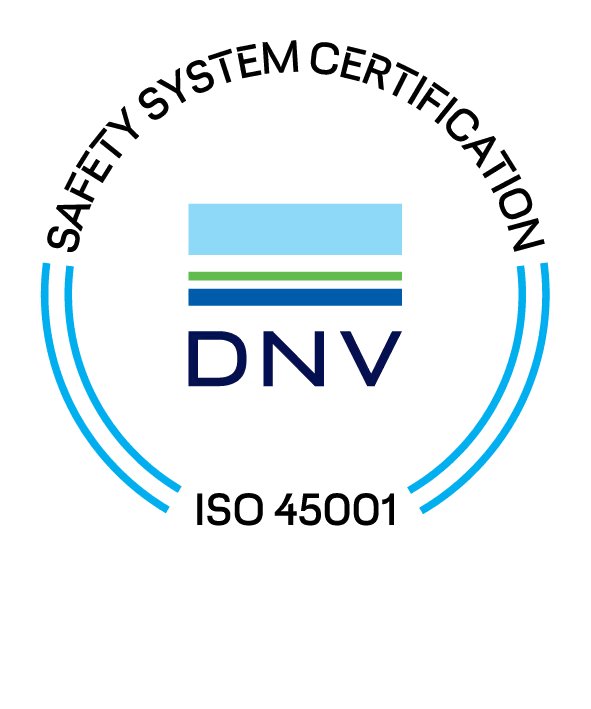
ISO 45001
We are ISO 45001 certified. It is the new ISO standard that is being developed for occupational safety and health.

IRATA
IRATA (Industrial Rope Access Trade Association) is the global authority on rope access techniques, ensuring safe, efficient work-at-height practices through training, certification, and robust industry standards for professionals worldwide. Conbit is full member.
Frequently asked questions
What are the responsibilities of different stakeholders in the crane overhaul project?
- Independent specialist, like Conbit:
- Lead the inspection, use advanced diagnostic tools, and document findings1.
- Prepare and deliver a detailed report on the status of the cranes2.
- Identify and source required spare parts3.
- Supervise installation and ensure quality standards4.
- Install and upgrade control systems, calibrate and test5.
- Lead repair and maintenance tasks, implement preventive maintenance schedule6.
- Design and supervise upgrades, ensure compliance with industry standards7.
- Conduct rigorous testing, obtain necessary certifications8.
- Provide training and certification for crane operators9.
- Local Crane Service Company:
- Provide manpower for physical inspection and support10.
- Assist in data collection and initial observations11.
- Assist in logistics and inventory management12.
- Perform physical installation of new cables13.
- Assist in physical installation and initial setup14.
- Perform physical repair and maintenance tasks15.
- Assist in physical installation and setup16.
- Assist in testing procedures and data collection17.
- Assist in organizing training sessions and logistics18.
- OEM:
- Provide technical specifications and support19.
- Review and validate the report20.
- Supply OEM-certified spare parts21.
- Provide technical guidance and specifications22.
- Provide technical guidance and specifications23.
- Provide technical guidance and support24.
- Provide technical guidance and specifications25.
- Provide certification and validation26.
- Provide training materials and support27.
What are the key steps involved in the offshore crane overhaul process?
- Inspection and Assessment: Conduct a thorough inspection to assess the current condition of the cranes, including structural integrity, mechanical functionality, and compliance with safety standards1.
- Detailed Report: Provide a detailed report on the status of the cranes, highlighting any issues and necessary repairs or upgrades2.
- Spare Parts Provision: Supply the required spare parts to replace worn-out or damaged components3.
- Cable Installation: Install new cables to ensure proper electrical and mechanical functioning4.
- Hardware Installation: Install other new hardware components as needed to enhance the cranes' performance5.
- Controls and Instrumentation: Install and upgrade the controls and instrumentation systems to improve operational efficiency and safety6.
- Repair and Maintenance: Perform essential repairs and maintenance tasks to fix any identified issues and ensure the cranes are in optimal working condition7.
- Upgrades and Modernization: Upgrade the cranes with modern technology and equipment, such as new control systems, improved hydraulic systems, and enhanced safety features8.
- Testing and Certification: Conduct rigorous testing to ensure the cranes are safe and fully operational, followed by obtaining the necessary certifications from relevant authorities9.
- Operator Training: Provide training and certification for crane operators to ensure they are qualified to operate the cranes safely and efficiently
Contact Conbit to get the best support you can think off and leaving you in control.
What are the options for installing a lifeboat davit?
1. Deck Crane:
- Most economic option.
- Often out of reach or lacking the required capacity.
2. Crane Vessel:
- Expensive option.
- Floating to floating operation in congested areas of the offshore asset.
3. Modular Lifting System:
- To be erected at the site.
- Provides schedule flexibility.
- Can be used to lift directly from a supply vessel.
Reach out to Conbit for more information.
Can a lifeboat system be installed underneath a helideck?
Often, the helideck provides a good option to install a lifeboat system.
1. SOLAS Regulations:
- SOLAS does not specifically indicate if installing a lifeboat underneath a helideck is allowed1.
- General requirements for lifeboats include proper construction, ample stability, sufficient strength, and fire-retardant or non-combustible materials1.
2. Installation Considerations:
- Crane vessel and platform crane may not reach the installation location.
- Conbit provides solutions using special rigging techniques and modular lifting systems to perform the installation2.
3. Class Approvals:
- Ensure that the installation meets class approval requirements.
4. Supplier Requirements:
- Check the installation height and other requirements with the supplier of the lifeboat system to ensure compliance.
How to Assess the Feasibility of a Lifeboat Location?
1. Space for Lifeboat Installation:
The first step in assessing the feasibility of a lifeboat location is to ensure there is adequate space for the installation. This includes considering the dimensions of the lifeboat and the necessary clearance for safe deployment. It's crucial to evaluate the available space on the platform or vessel to accommodate the lifeboat and its associated equipment.
2. Routing Towards the Lifeboat for Fast Evacuation:
Another critical factor is the routing towards the lifeboat. In an emergency, personnel must be able to reach the lifeboat quickly and safely. This involves planning clear and unobstructed pathways from various parts of the platform or vessel to the lifeboat. The routes should be well-marked and free of obstacles to ensure a swift evacuation.
3. Constructability:
Constructability is often a challenge, especially in locations that are not easily accessible by traditional crane vessels. In such cases, modular lifting systems, like those provided by Conbit, offer a viable solution. These systems can be assembled on-site, allowing for the installation of lifeboats in areas that would otherwise be unreachable. This approach not only enhances the feasibility of the installation but also ensures that the lifeboat can be deployed efficiently and safely.
Why Lifeboat Installations at FPSOs?
Lifeboat installations on Floating Production Storage and Offloading (FPSO) units are critical for ensuring the safety of personnel in emergency situations. Given the remote and often harsh environments in which FPSOs operate, having reliable and readily accessible lifeboats is essential.
Additionally, there is a growing trend of increasing the Personnel on Board (POB) at FPSOs, which further underscores the need for robust lifeboat systems. These installations must be meticulously planned and executed to guarantee that lifeboats are operational as soon as possible, minimizing risks and enhancing the overall safety of the crew
Do you own vessels to assist you with some of the lifting projects?
No, we do not own them ourselves, but we have worked in simops (simultaneous operations) with all kinds of vessels over the course of years.
We know what is asked of both of us to make the job run as smooth as possible.
Do you ever weld something on the offshore asset?
We try to avoid hot work at any time. We frequently bolt, strap or clamp our equipment down to the existing structure so we can take everything away once finished. You'll have a clean working site left!
How do you get your equipment up on the flare access platform?
We send somebody up there with a sheave and a winch wire to install the LRE (light rigging equipment).
This helps us to lift up the heavier components to build up the lifting solution designed for your project.
Can Conbit perform structural engineering services?
Conbit uses its structural engineering services to support its turnkey projects. Occasionally, we support our clients with life time extension analysis and structural design services. Also within the decommissioning industry, we support with structural engineering services as part of our complete heavy lift preparation scope.
Is Conbit selling lifting equipment?
Conbit originated as an engineering company, which makes us well-positioned to design your bespoke lifting equipment.
However, we are specialized in a few specific pieces of lifting equipment. Those specific sets of equipment can be supplied to our clients.
Conbit has supplied flare tip handling systems, handling equipment to be used in cleanrooms, and general rigging and lifting equipment, such as winches, chainhoists, etc.
Where is the Conbit equipment located?
Conbit has its main warehouse at their headquarter facility in Eindhoven, The Netherlands. Conbit is operating warehouse facilities on all continents, except in South America.
Strategic equipment is located close to our clients near the Gulf of Mexico, Western Africa, Middle East, Malaysia, Thailand and in Australia.
For the transportation of the equipment from the main warehouse to all over the world we use both sea and air freight depending on the project.
Is Conbit IRATA certified?
Conbit has been using the IRATA guidelines to perform rope access for many years. Conbit is registered and certified as an IRATA certified company.

Can Conbit certify third party lifting equipment as per EKH guidelines?
Conbit can perform EKH certification of lifting equipment. Typically, we use this capability to test and certify our own equipment to minimize project leadtime.
When you are operating within the Oil and Gas, petrochemical or wind industry we are probably not your ideal certification company.
For clients in the high tech industry, this is different. For high Tech clients, we can perform EKH certification.
Installation
Conbit offers installation services including equipment design, lifting and handling, and consultation on constructability and maintainability of equipment.

Maintenance
Preventive maintenance are necessary for better production forecasting. Conbit provides support for predictive and corrective maintenance projects.

Modification
Conbit designs its modifications methodologies to prevent hot works, subsea works, and marine spreads to keep the operational impact to a minimum.

Decommissioning
Conbit offers a full package combining its lifting expertise with cutting, welding, and other mechanical competencies in offshore decommissioning projects.

Inspections
Our team of certified inspectors at Conbit is trained to utilize CRALOG effectively, ensuring that your statutory annual or five-yearly crane inspections are conducted with precision and efficiency. We offer a range of crane inspection services.

Flare Tip Replacement Services
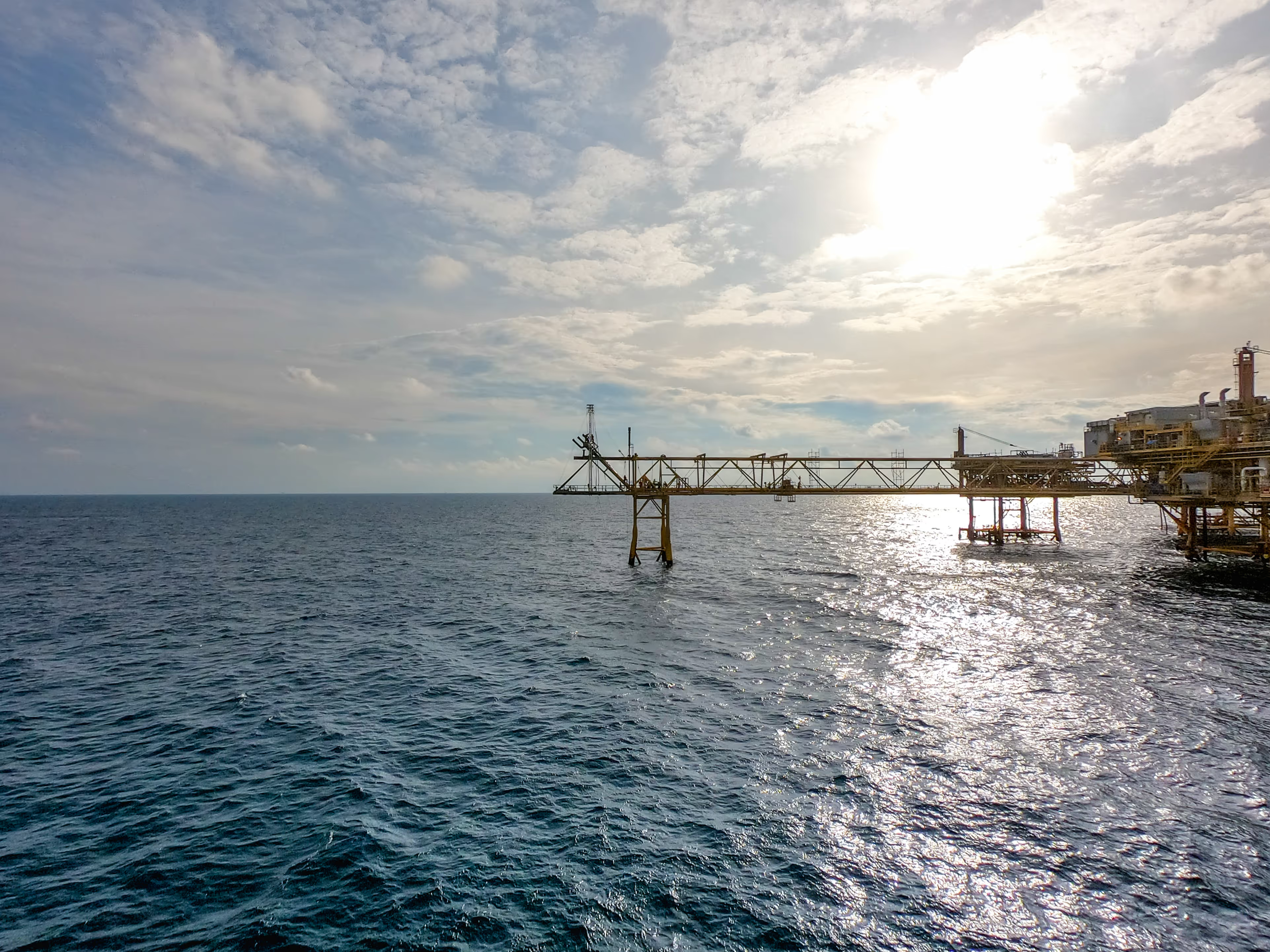
Crane Replacement Services
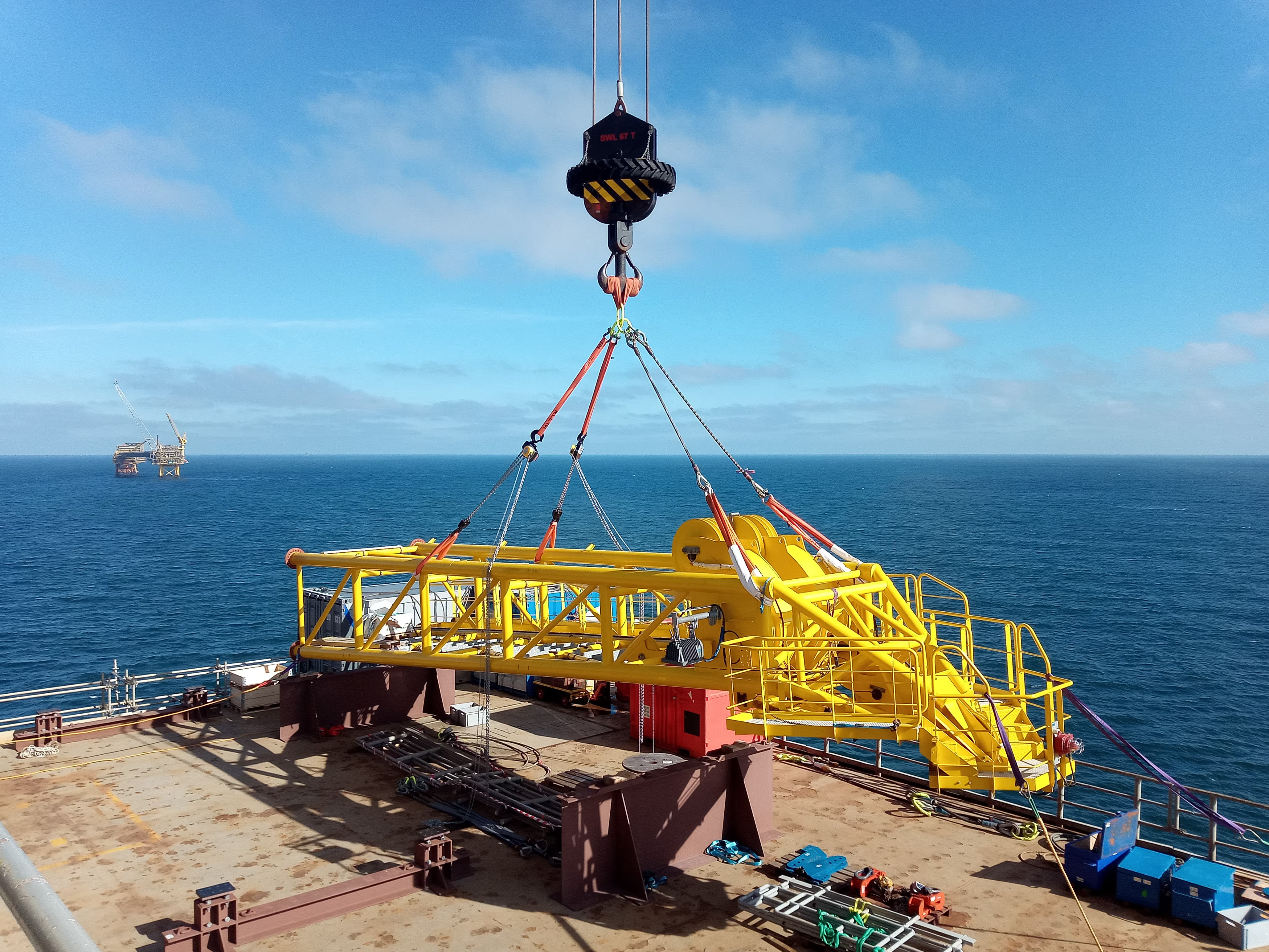
Caisson Replacement Services
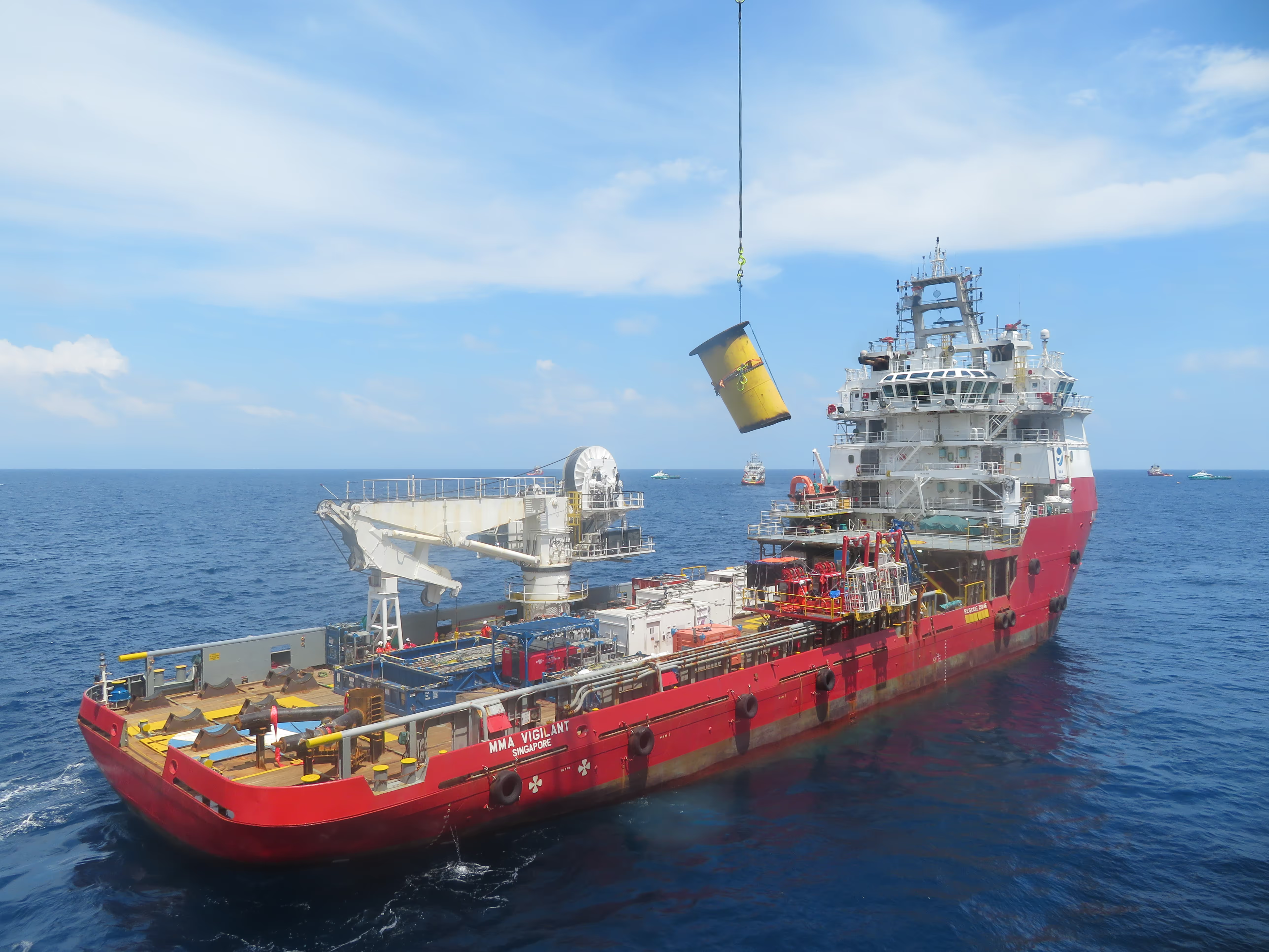
Living Quarter Installation Services
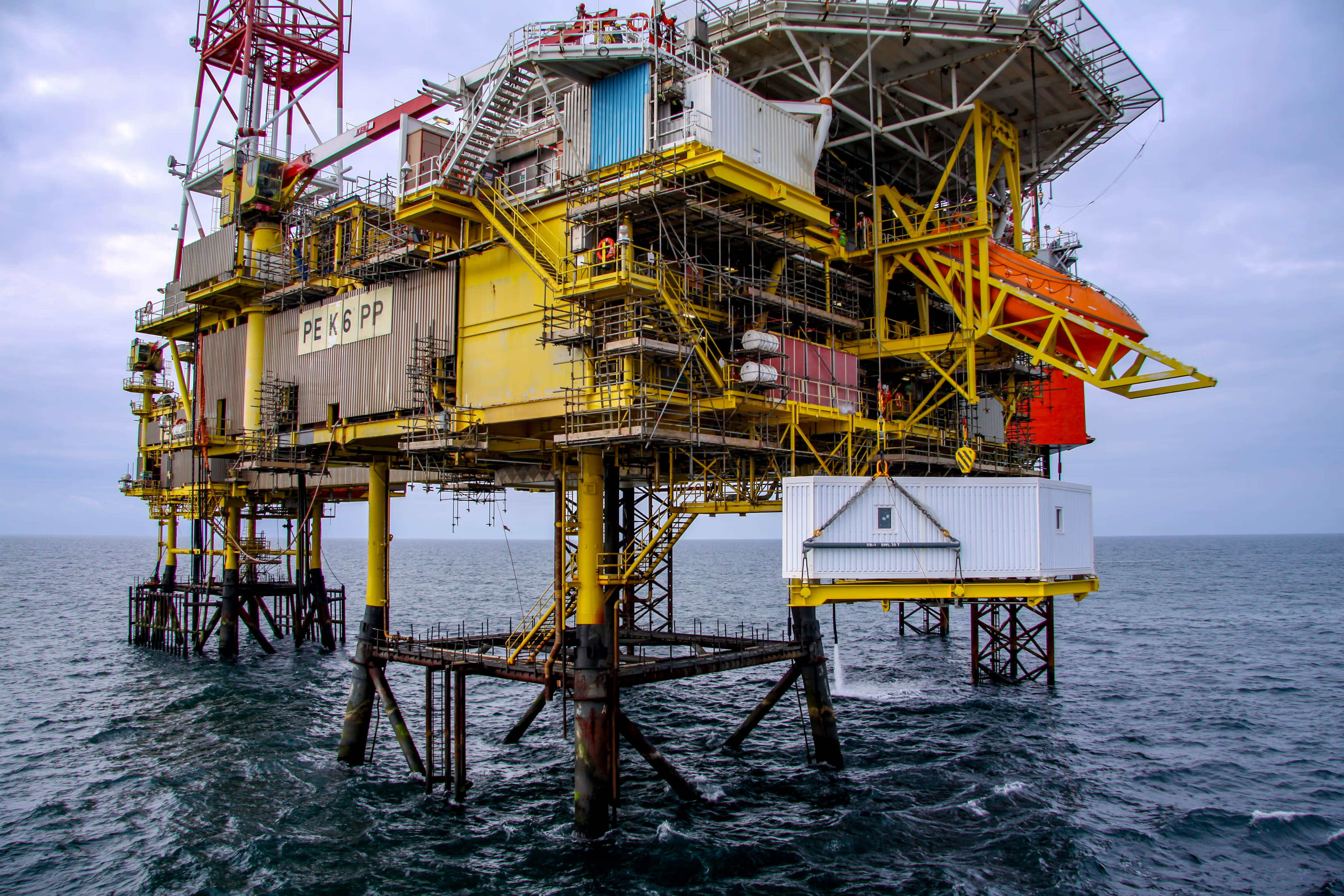
Lifeboat Davit Installation Services
Contact
We're here to answer your questions
You can contact us by phone or email. We’re looking forward to your questions!


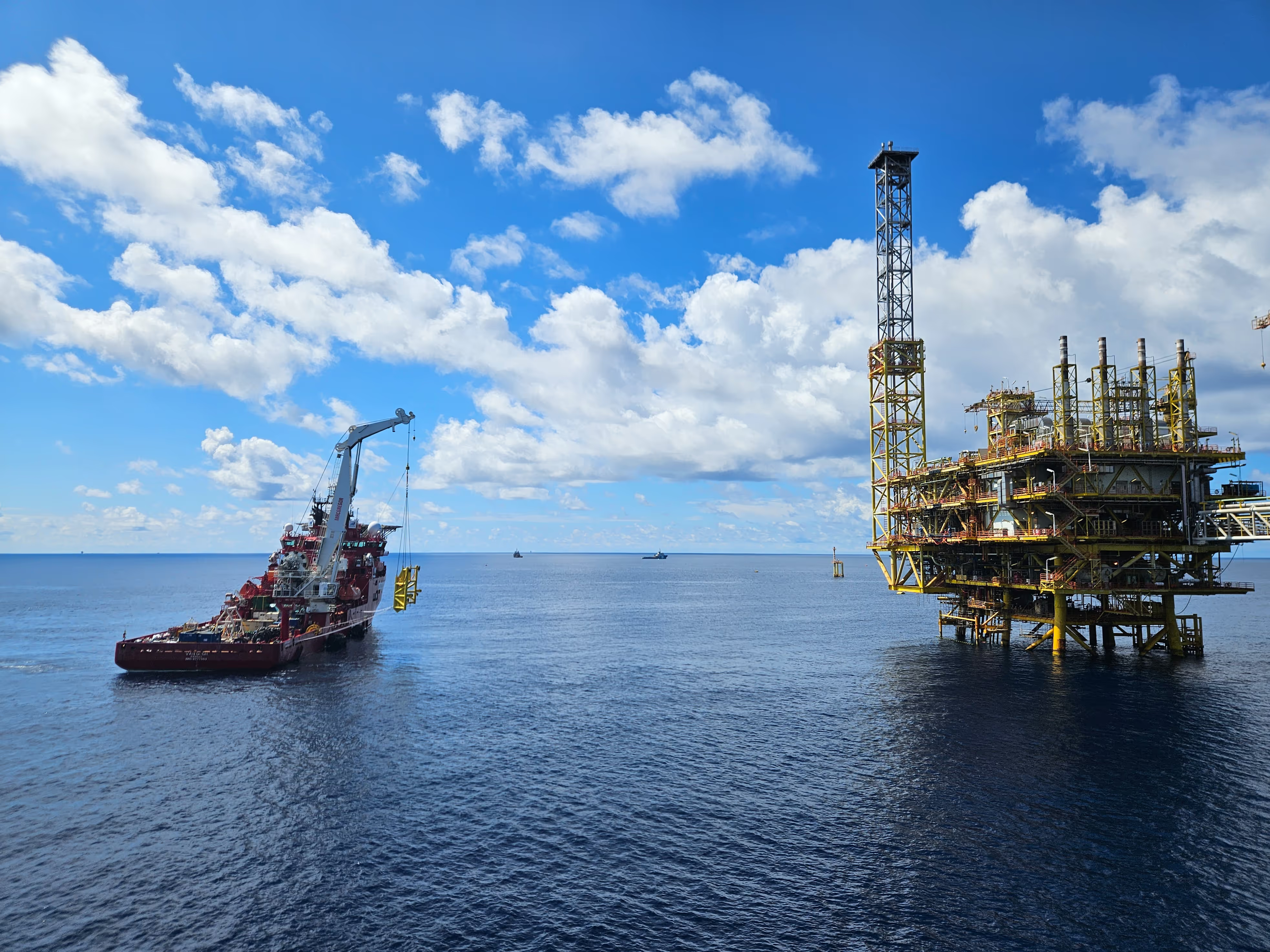
.png)
-1.avif)

